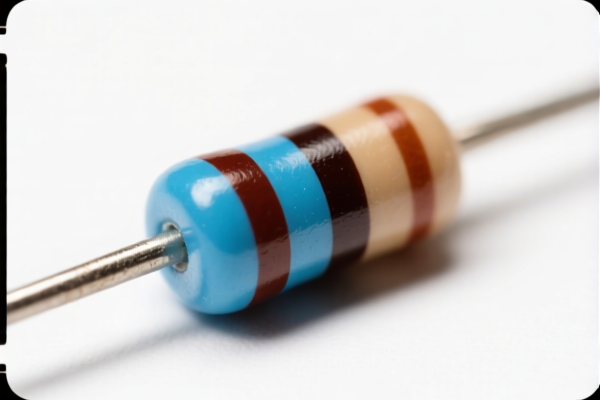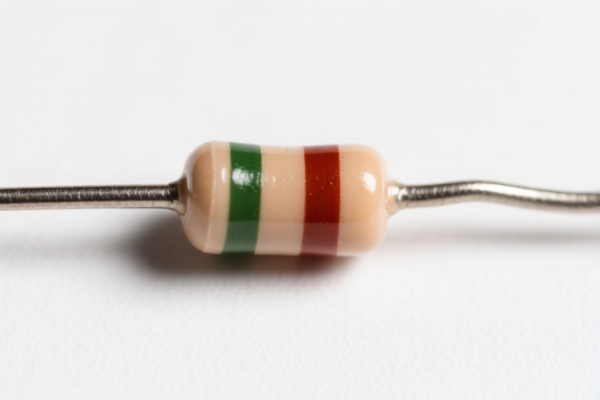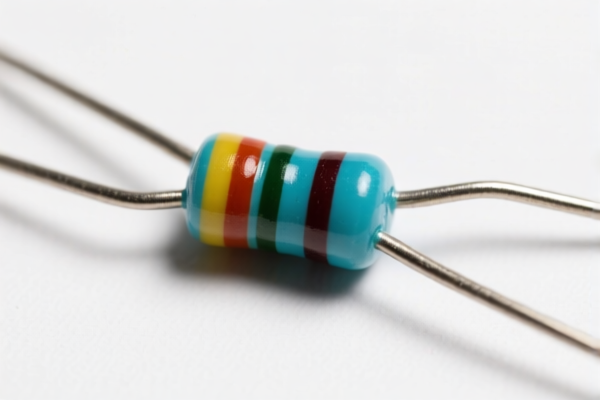| HS Code | Official Doc | Tariff Rate | Origin | Destination | Effective Date |
|---|---|---|---|---|---|
| 8533210080 | Doc | 55.0% | CN | US | 2025-05-12 |
| 8533290000 | Doc | 55.0% | CN | US | 2025-05-12 |
| 8535904000 | Doc | 57.7% | CN | US | 2025-05-12 |
| 8535908060 | Doc | 57.7% | CN | US | 2025-05-12 |




Blower Resistor
A blower resistor, also known as a heater blower motor resistor, is an electrical component within a vehicle's heating, ventilation, and air conditioning (HVAC) system. It controls the speed of the blower motor that forces air through the heater core and evaporator core, ultimately delivering heated or cooled air to the vehicle's cabin.
Material:
- Resistance Wire: Typically made of nickel-chromium alloy (nichrome) due to its high resistance and ability to withstand high temperatures.
- Ceramic Core: The resistance wire is wound around a ceramic core, providing insulation and structural support. Ceramic is chosen for its electrical insulating properties and heat resistance.
- Housing: Often constructed from plastic or phenolic material, designed to withstand the heat generated by the resistor and protect it from environmental factors.
- Terminals: Metal terminals (brass or similar) provide connection points for the electrical wiring.
Purpose:
The primary purpose of the blower resistor is to provide varying levels of resistance to the electrical current flowing to the blower motor. By changing the resistance, the speed of the motor is altered, resulting in different fan speeds. Without a functioning resistor, the blower motor may only operate at a single speed (typically high) or not at all.
Function:
The resistor works on the principle of Ohm's Law (Voltage = Current x Resistance). The HVAC control system sends a voltage to the resistor. The resistor then drops a portion of that voltage, with the remaining voltage applied to the blower motor. Higher resistance results in lower voltage to the motor and a slower speed, while lower resistance allows more voltage and higher speed. Many resistors utilize multiple resistance levels, activated by switching between different windings within the resistor assembly.
Usage Scenarios:
- Vehicle HVAC Systems: The primary application is in automobiles, trucks, and other vehicles with forced-air heating and cooling.
- Climate Control: Used in systems where variable fan speeds are desired for comfort and efficient climate control.
- Defrost/Demist Functions: Often essential for directing airflow to the windshield for defrosting or demisting purposes.
Common Types:
- Single-Speed Resistor: Provides only one fan speed (typically high). Found in older or simpler vehicle models.
- Multi-Speed Resistor: The most common type, offering multiple fan speeds (e.g., low, medium, high). These resistors typically contain several resistance windings.
- Pulse Width Modulation (PWM) Resistor: Utilizes PWM control to vary the fan speed by rapidly switching the current on and off. This type is often used in more modern vehicles for smoother speed control and energy efficiency.
- Hybrid Resistors: Combine multiple resistance elements and PWM control for advanced fan speed management.
Blower resistors are electrical resistors, excluding heating resistors, and are typically used in electrical circuits for switching or protecting electrical circuits, or for making connections to or in electrical circuits. Based on the provided information, the following HS codes may be applicable:
-
8533210080: Electrical resistors (including rheostats and potentiometers), other than heating resistors; parts thereof: Other fixed resistors: For a power handling capacity not exceeding 20 W. This code applies to fixed resistors with a power handling capacity of 20W or less, and specifically includes wirewound resistors.
- 85: Electrical machinery and equipment and parts thereof; specifically, this chapter covers a broad range of electrical components.
- 33: Electrical resistors, including rheostats and potentiometers.
- 21: Other fixed resistors.
- 00: General classification for this specific type of resistor.
- 80: Further specifies wirewound resistors within this category.
- Tax Rate: Base tariff is 0.0%, with an additional tariff of 25.0%. After April 2, 2025, the additional tariff increases to 30.0%, resulting in a total tariff of 55.0%.
-
8533290000: Electrical resistors (including rheostats and potentiometers), other than heating resistors; parts thereof: Other fixed resistors: Other. This code applies to other fixed resistors not specifically covered by 8533210080.
- 85: Electrical machinery and equipment and parts thereof.
- 33: Electrical resistors, including rheostats and potentiometers.
- 29: Other fixed resistors.
- 00: General classification for this specific type of resistor.
- Tax Rate: Base tariff is 0.0%, with an additional tariff of 25.0%. After April 2, 2025, the additional tariff increases to 30.0%, resulting in a total tariff of 55.0%.
It is important to determine the power handling capacity of the blower resistor to correctly classify it between 8533210080 and 8533290000. If the resistor is used for switching or protecting electrical circuits, or for making connections, and its voltage exceeds 1,000 V, the following codes may also be applicable:
-
8535904000: Electrical apparatus for switching or protecting electrical circuits, or for making connections to or in electrical circuits (for example, switches, fuses, lightning arresters, voltage limiters, surge suppressors, plugs and other connectors, junction boxes), for a voltage exceeding 1,000 V: Other: Motor starters and motor overload protectors.
- 85: Electrical machinery and equipment and parts thereof.
- 35: Electrical apparatus for switching or protecting electrical circuits.
- 90: Other.
- 40: Motor starters and motor overload protectors.
- 00: General classification for this specific type of apparatus.
- Tax Rate: Base tariff is 2.7%, with an additional tariff of 25.0%. After April 2, 2025, the additional tariff increases to 30.0%, resulting in a total tariff of 57.7%.
-
8535908060: Electrical apparatus for switching or protecting electrical circuits, or for making connections to or in electrical circuits (for example, switches, fuses, lightning arresters, voltage limiters, surge suppressors, plugs and other connectors, junction boxes), for a voltage exceeding 1,000 V: Other: Other Other connectors.
- 85: Electrical machinery and equipment and parts thereof.
- 35: Electrical apparatus for switching or protecting electrical circuits.
- 90: Other.
- 80: Other connectors.
- 60: General classification for this specific type of connector.
- Tax Rate: Base tariff is 2.7%, with an additional tariff of 25.0%. After April 2, 2025, the additional tariff increases to 30.0%, resulting in a total tariff of 57.7%.
Customer Reviews
No reviews yet.